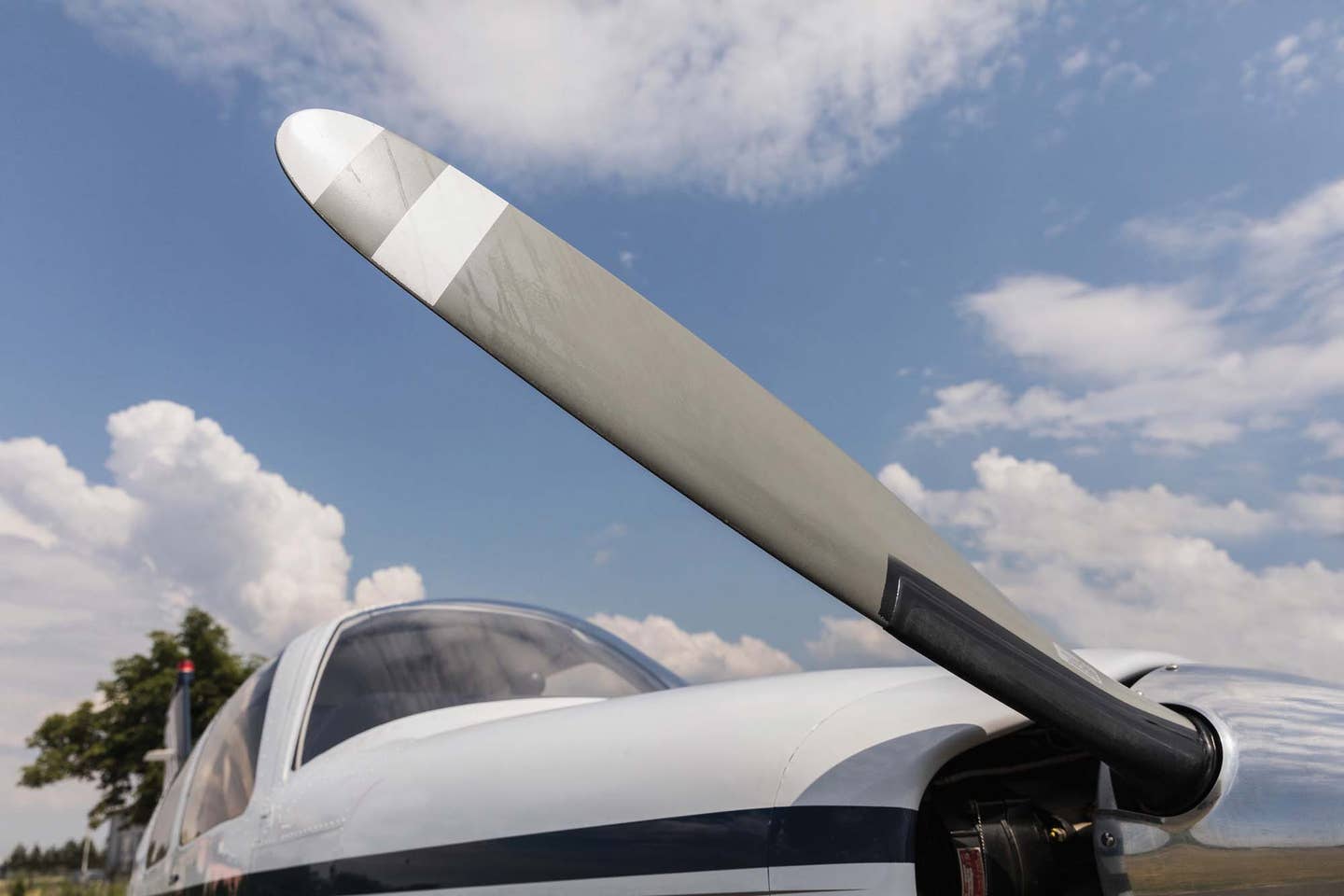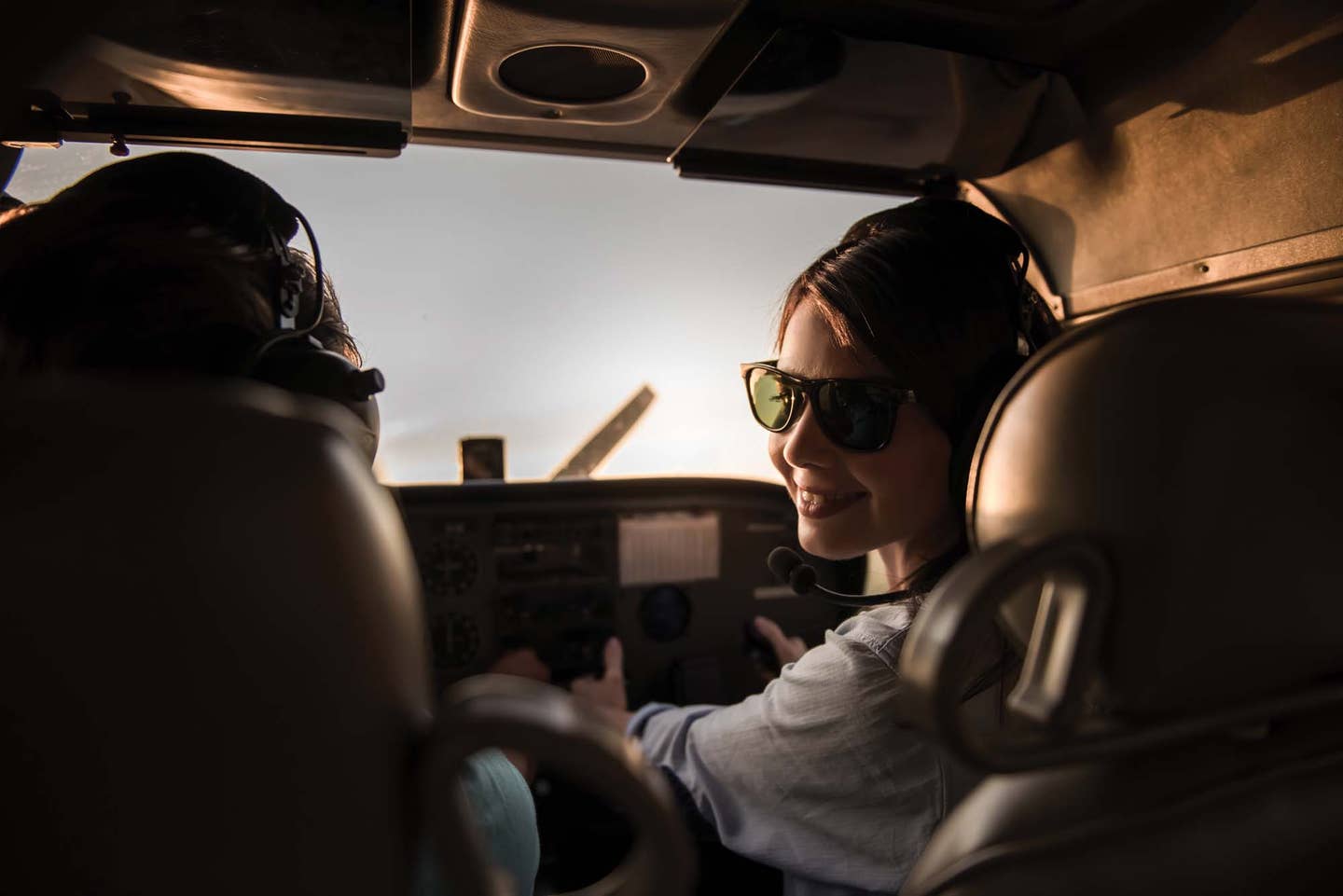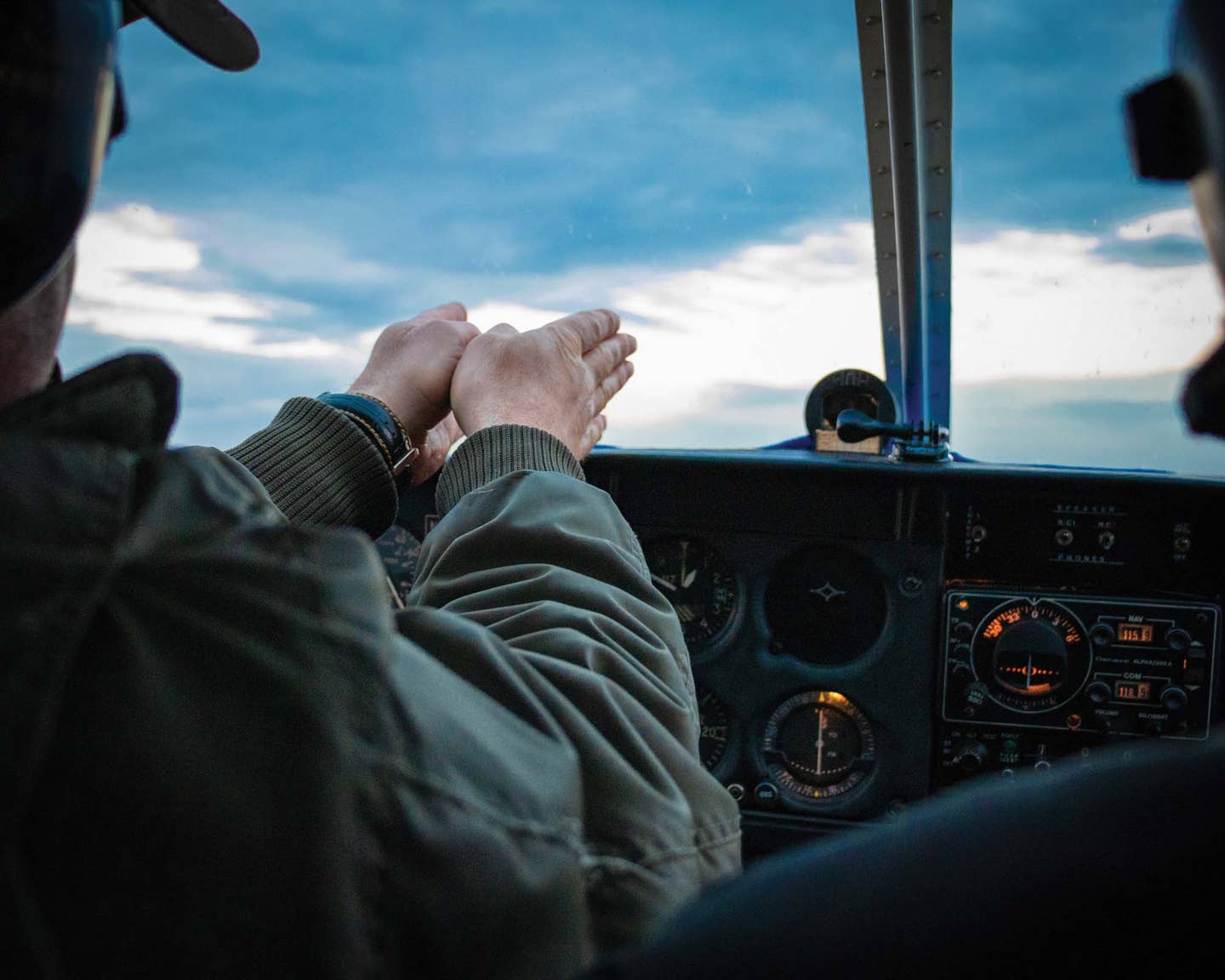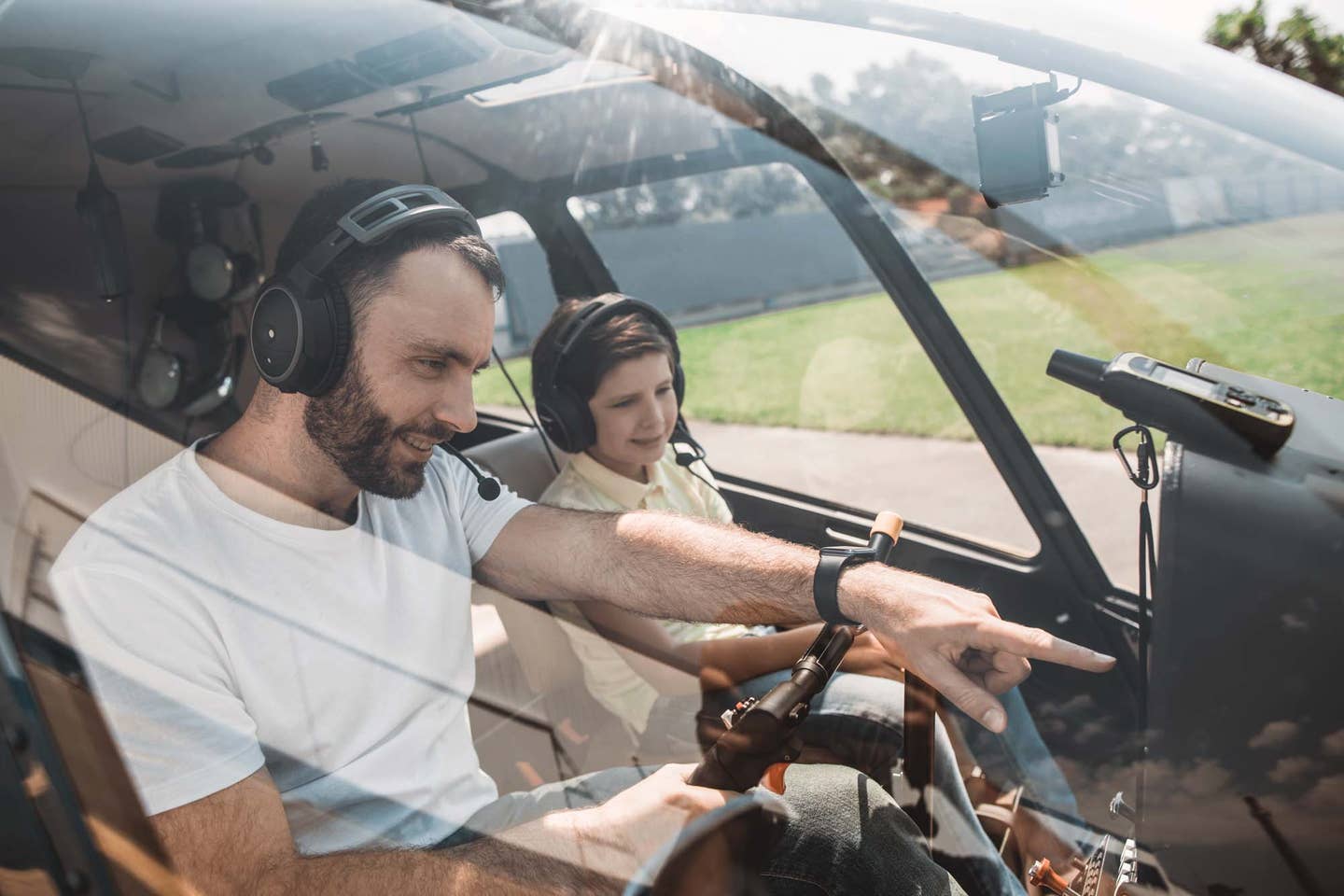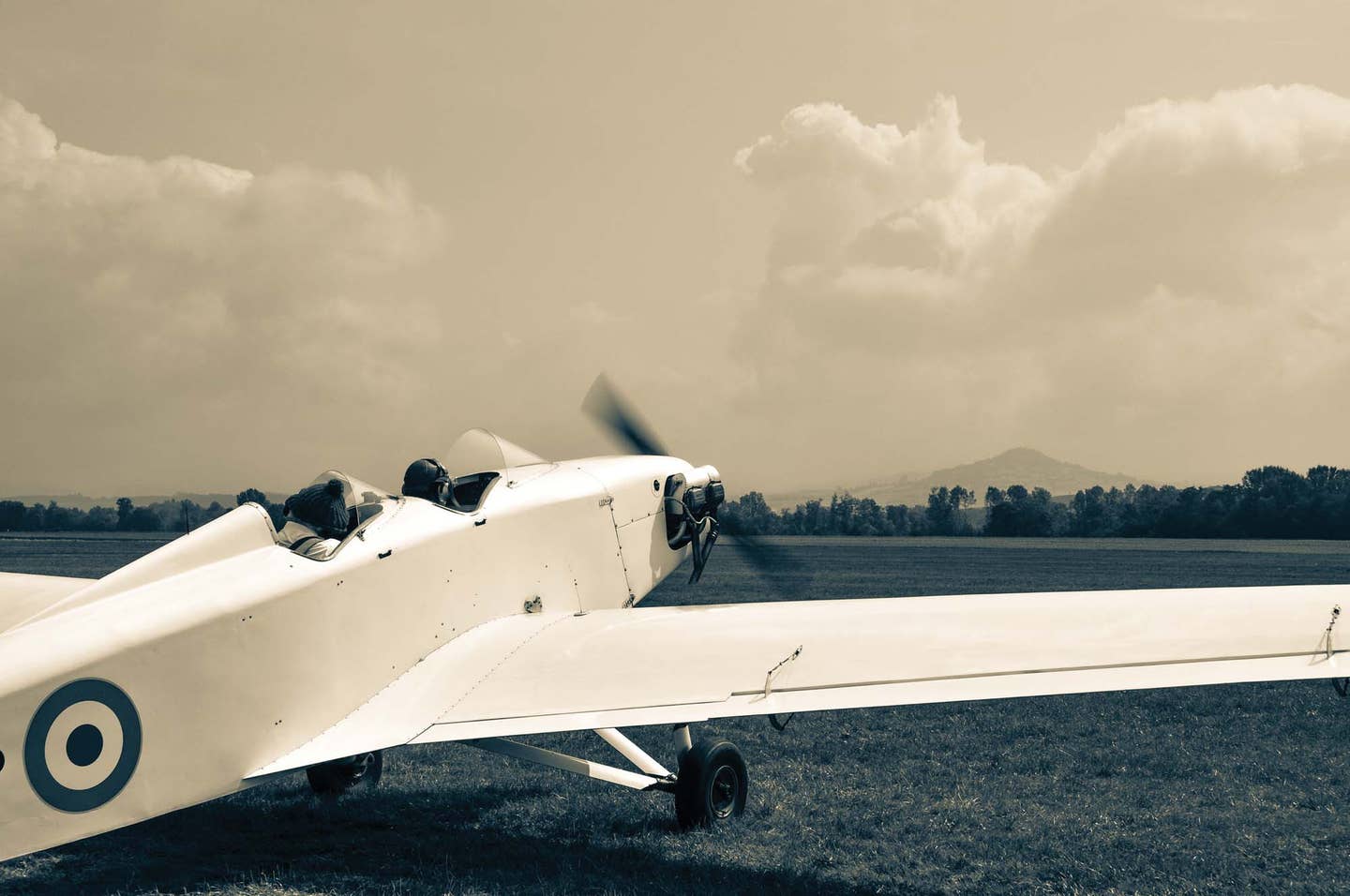When Training Turns Too Realistic
Bubble-wrapping the curriculum isn’t the answer, but there’s a middle ground.
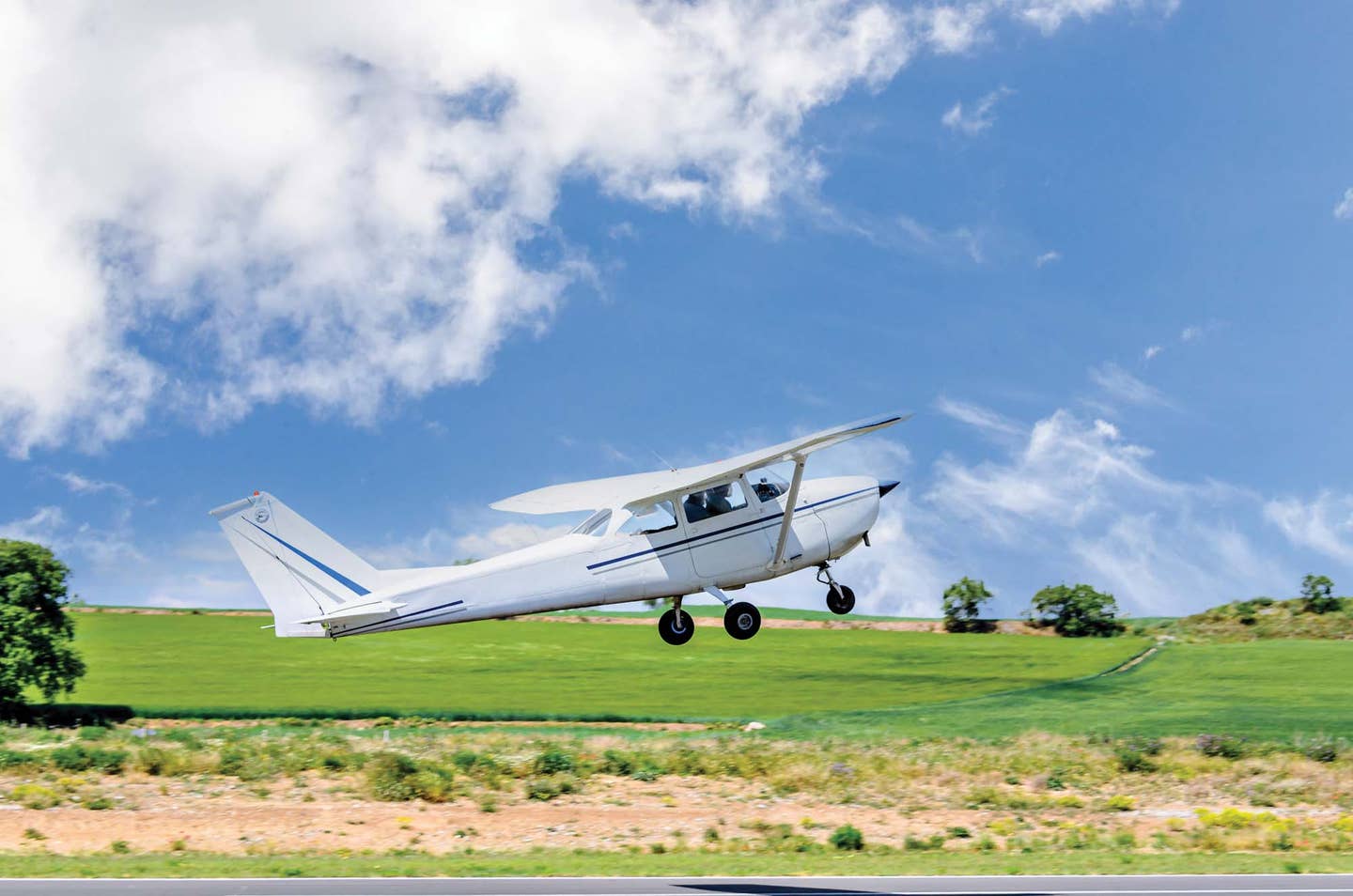
The intention of most flight training is to demonstrate and practice maneuvers and procedures in carefully controlled conditions, while trainees gain an ability to perform competently on their own.
To do this, the instructor must allow some experimentation and failure, so the results of inadequate performance are made clear, then guide the learner toward better outcomes.
Occasionally, however, the CFI allows the situation to go too far into the danger zone, resulting in an unwanted demonstration of incompetency—on the part of the instructor, not the student.
While instructors idly watch, airplanes go off the runway, landings become too harsh, structure gets overstressed, and tolerances are exceeded. When the propeller meets the pavement or gear legs are bent, it’s obvious that active supervision came a little too late. Training accidents cost money and can place a blemish on the instructor’s record.
How can we prevent these unwanted outcomes?
It’s simple to say we’ll just avoid getting near any edge of the operating envelope. No flying in winds exceeding 10 knots, no chance of obscuring precipitation, no use of runways shorter than 5,000 feet, no risk of encountering darkness or lowering ceilings.
Even if it’s possible to complete the training course in a reasonable time with these stipulations, the product of a bubble-wrapped curriculum is a half-trained pilot. They may be rated, but not ready for the real world.
Real But Not Too Real
To properly prepare learners for a life in the air, we have to deliberately seek out challenges that place these individuals in less-than-perfect situations and thereby show them that control of the aircraft is possible, how extraction can be performed, and where safety lies.
The peppering of rain on the windshield, the darkening of thick clouds, or the battering of wind shear all deliver a clear message that some piloting is now required. We never want former students to have to learn these lessons on their own—after certification.
This also means that a learner needs to be allowed to stray off track or let airspeed deviate to the limit of the ACS allowances. By doing this, the instructor can see if the learner recognizes the problem and attempts to correct it. Or, conversely, blithely ignores it and lets the situation get further and further out of hand.
But how far is too far? How can we recognize that it’s time to take command away from the learning hands?
Yanking the yoke away at the first sign of incompetency won’t instill confidence or build skill. Straying from the runway centerline is normal for a beginner, but when the deviation grows with no sign of correction being attempted, the instructor has to step in before the wheel reaches the edge.
By doing so, a recognizable, firm input demonstrates that using all the aileron travel wasn’t the answer—those rudder pedals are not footrests.
When teaching stalls, the learner has to experience a full, breaking loss of control but also needs to make prompt, correct recovery inputs and then try the stall again and again until avoidance of control loss is learned. If the instructor isn’t comfortable letting a wing drop, always teaching recovery at the first wobble, the student will never learn how to get out of a fully developed stall.
Anywhere in the first third of the available runway is good enough for beginning attempts at landing the airplane, but it needs to be made clear that on-target touchdowns are the eventual goal. Fixating on the runway numbers can lead to flying through treetops during the approach. Constant manipulation of attitude and power while chasing errant airspeed are signs that a CFI needs to step in to stabilize things.
Sometimes a nudging word is sufficient, but in other cases an adjustment of controls is required.
I teach beginning instructors to always stay vigilant when students are near the ground. Guard the controls, but avoid physical contact if at all possible. Let the student make a small mistake, but make sure it’s small, and watch out for overreaction from eager hands.
I frequently see low-time learners push when they should pull, or try to “help” the airplane settle to the runway. A half-second of delay before taking action may make the difference between a little lost rubber and a prop strike.
Who Has the Airplane?
One has to be careful not to get into a wrestling match at a critical juncture.
Early on, a firm understanding of how “exchange of controls” is conducted needs to be established, so that in the event of a need for the instructor to state, “I have the controls,” there will be release and verbal acknowledgment. Having to peel a frozen apprentice off the yoke during an unintentional spin entry leaves no time for extensive discourse.
But there will be times when we need to have a learner stay with us, so make sure “follow me through” is also understood, meaning that the CFI is flying but with the student getting tactile feedback through a light touch on the stick. No exchange of control is intended—only a little transfusion of bird blood from an experienced aviator.
Never allow an eager learner take you, as a negligent sleepy instructor, anyplace you never intended to go. It’s easy to let a situation go a little further, then a little bit further, and soon into deep doo-doo, when early interjection, once the lesson has been made clear, would prevent a scare—or worse.
Not every disaster is prefixed by increasing G-load, wind noise, and pounding heart rate. Sometimes, it results from quiet inaction or silent panic, with nobody really in control of the aircraft. Be aware of sleepy, slow deterioration, such as inattention to dwindling fuel level or an ammeter sinking into the discharge side.
Work With What You Have
“Do we get to fly today?” is a common question, when the wind, ceiling, visibility, turbulence, or even temperature are obviously not conducive to routine flying.
Less-than-ideal conditions may mean a shift in lesson plan from a cross-country to an opportunity to perfect crosswind technique. No training block should ever be cast in stone. As in all flying, there should be a planned alternative that can be used, as determined by the day’s conditions. Going ahead in the face of uncomfortable odds teaches disregard for the weather, perhaps leading to a lack of learning if nothing was accomplished by pounding through rough air.
It’s important to conduct realistic training as closely to the edge of discontinuing as safety will allow. However, the CFI should never proceed beyond a point that allows the chain of events to be stopped before the risk becomes unacceptable.
The definition of acceptable may vary with the instructor and the situation. This means that no one standard can be applied for all training. Someone who has given 10,000 hours of dual might be willing to go a little further into a simulation than a young instructor who’s still on the first two-year CFI cycle.
On the other hand, a highly experienced instructor may be less aggressive now than he had been in his youth, having learned through narrow escapes that real danger lurks at the edge of simulation. And a once-reticent young CFI may become foolishly bolder as he grows into his middle years of experience, thinking that they’ve acquired a patina of superior skill. Bravado cannot be condoned. Any signs of pushing the limits should be grounds for senior management to visit with the errant CFI to listen to the logic behind their actions, reminding them that safety is the school’s No. 1 priority.
In a crosswind landing, calling for a go-around when the downwind drift first begins only teaches the student one thing: Obey the instructor.
But—and it’s a big but—if waiting until disaster threatens before making the call, the instructor must be far enough ahead of the situation to have airspeed, ground clearance, and runway remaining that’s sufficient to keep the airplane out of danger while the go-around is conducted.
This may mean that the CFI takes command, in the interest of safety, rather than allowing the unpredictable student to conduct the wave-off. Ultimately, of course, the preferred scenario is for the learner to recognize the looming peril and make the go-around without the CFI’s prompting.
Engine-failure practice is a hallowed ritual, with the instructor pulling the throttle closed and announcing, “Ya just lost your engine. Whatcha gonna do?” The object, of course, is for the student to learn how to work toward a survivable outcome, rather be paralyzed by panic into inaction while altitude dwindles.
But there’s a danger of creating a real emergency, inducing real engine trouble, or flying into terrain or obstructions at low altitude. I was always taught to “clear the engine” occasionally during a long glide with a short burst of throttle, verifying that it is still running. Never rely on students to turn on the carburetor heat—double-check that it was done. Always abandon the forced-landing approach as soon as it’s obvious that the outcome is going to be successful, or hopeless. Go no lower.
Every hazardous training simulation carries the potential for an instructional accident. It’s vital for CFIs to be aware of these traps and keep avoidance at the top of their priorities. Instructors may have to juggle flight management, deliver training, and keep ATC happy while giving dual.
But safety is always Job One.

Subscribe to Our Newsletter
Get the latest Plane & Pilot Magazine stories delivered directly to your inbox

